
SMART TRAFFIC CONTROL BOARD
The Smart Traffic Control Board is a PLC (Programmable Logic Controller) designed and implemented to improve traffic flow at signalized intersections. It operates with up to five AI-powered cameras that analyze vehicle density and speed per lane to dynamically adjust the traffic light cycles of the intersection.
FEATURES
- 5 independent RS-485 serial communication ports.
- 16 solid-state relay outputs for traffic light control.
- 4 optically isolated inputs.
- Micro SD card slot.
- Real-Time Clock (RTC).
- Ethernet connectivity.
- WiFi connection (depending on CM4 module).
- Temperature sensor connection (STM10).
- Remote firmware updates.
- DIP switch for ID configuration.
- Web interface for configuration and testing.
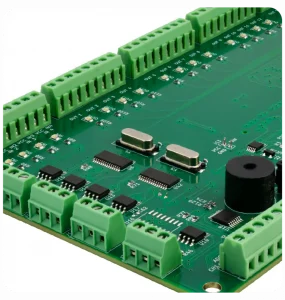
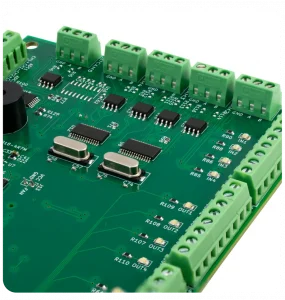
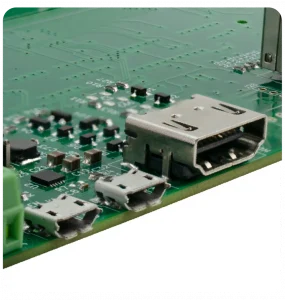
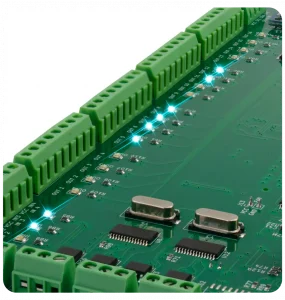
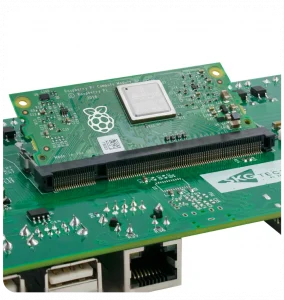
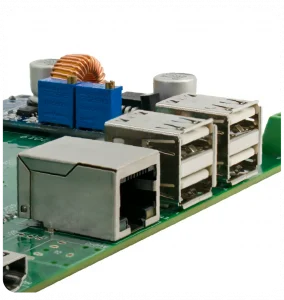

TELEMETRY
Includes independent inputs to detect the opening of the security cabinet where the board is installed. Allows remote monitoring, configuration, and firmware updates.

VERSATILITY
Independent RS-485 communication ports allow up to five AI cameras to connect and capture data individually, analyze vehicle speed and volume, and control up to ten lanes simultaneously.

AUTONOMY
Activates 16 dry-contact relay outputs to control traffic light systems, allowing dynamic adjustment of signal durations based on traffic demand.
TECHNOLOGY

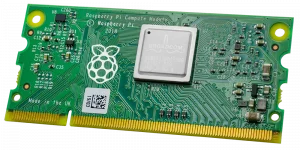
This system uses a Raspberry Pi CM3+ compute module compatible with DDR2-SODIMM architecture, integrating processor, memory, and 32 GB eMMC flash storage in a 200-pin design. It manages the global control of peripherals (HDMI, Ethernet, GPIOs, serial ports) on the main control board.
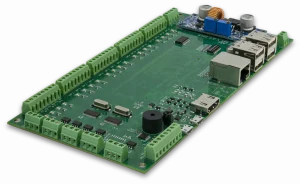
Improves vehicle flow at intersections using AI-powered cameras that detect vehicle speed and lane occupancy.
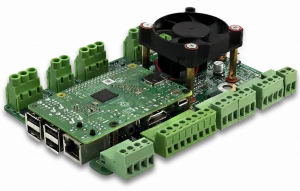
Hardware board designed to manage main and auxiliary power sources in public transport vehicles, controlling signals associated with the STS (Technological Security System).
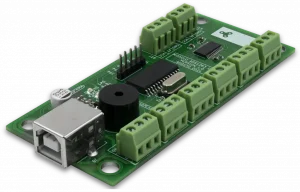
Captures analog and digital signals with 8 independent measurement channels and USB data transfer—ideal for variable logging and monitoring.

Controls pedestrian and vehicle access using mechanical devices such as turnstiles, barriers, or swing gates, ensuring efficiency and reliability.





